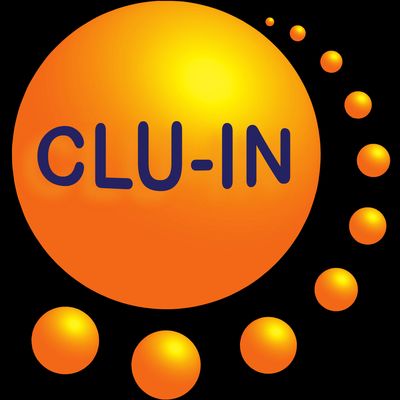Since 1998, The Contaminated Site Clean-Up Information (CLU-IN) website has presented Internet Seminars covering a wide variety of technical topics related to hazardous waste characterization, monitoring, and remediation. For select seminar topics offered since 2012, we are making complete video recordings available through our archives. This feed contains all video seminars archived in the last 12 months. For a complete list of seminars archived since 2000, please visit http://www.clu-in.org/live/archive/. Our Rehabilitation Act Notice for reasonable accommodation is available at http://www.clu-in.org/training/accommodation.cfm. CLU-IN was developed by the U.S. Environmental Protection Agency (EPA) but is intended as a forum for all waste remediation stakeholders. For more information and to view upcoming live offerings, please visit http://www.clu-in.org/live/. For a complete list of RSS feeds available on CLU-IN, please visit http://www.clu-in.org/rss/about/.
http://www.clu-in.org/live/archive
Integration of Resiliency and Sustainability into Remedy Evaluation, Design, and O&M: A Compilation of Case Study Findings (May 13, 2020)
The Society of American Military Engineers (SAME) Denver Post and Philadelphia Post along with the US Environmental Protection Agency (EPA) are hosting a series of webinars based on talks given at recent Design and Construction Issues at Hazardous Waste Sites (DCHWS) Symposiums. The mission of the DCHWS symposiums is to facilitate an interactive engagement between professionals from government and the private sector related to relevant and topical issues affecting applications of engineering and science associated with cleaning up hazardous waste sites. The symposiums also serve as a platform to facilitate the exchange of information, encourage dialogue, share experiences, and build and enhance communication among design and construction professionals. The role sustainability and resiliency play in a cleanup project is dependent upon site-specific physical characteristics and stakeholder concerns. However, the overlying framework to evaluate and implement sustainable resilient remediation practices is applicable to all site types. This technical presentation will start with an overview of the sustainable resilient remediation framework, and recent guidance updates and initiatives. Followed by four case studies that highlight integration of resiliency and sustainability at various phases of the project life cycle: Case Study #1: Combining Green and Sustainable Remediation (GSR) Evaluations with Cost/Risk Analysis as Effective Communication Tools to Drive Cleanup DecisionsCase Study #2: GSR to Inform Technology Feasibility Assessment & Incorporating Climate Change into Remedial Design and Performance MonitoringCase Study #3: Development of Resiliency Remedial Design Guides for a Sediment Site Informed by Stakeholder Engagement at Remedial Action WorkshopsCase Study #4: Hydrodynamic Modeling to Support Remedial Design Utilizing EPA's Stormwater Management Model (SWMM) Climate Adjustment Tool (CAT)Opportunities to ask questions will be interwoven throughout the presentation. The presentation will end with lessons learned from other cleanup project experience, followed by Q&A. The target audience for this technical presentation includes environmental regulators at all levels of government, private and public responsible or obligated parties (Ops), current site owners and operators, environmental consultants, and prospective purchasers of property and their agents. Other stakeholders who have an interest in a property can also use this guidance to help understand how sustainable resilient remediation practices can be applied. To view this archive online or download the slides associated with this seminar, please visit http://www.clu-in.org/conf/tio/DCHWS8_051320/
